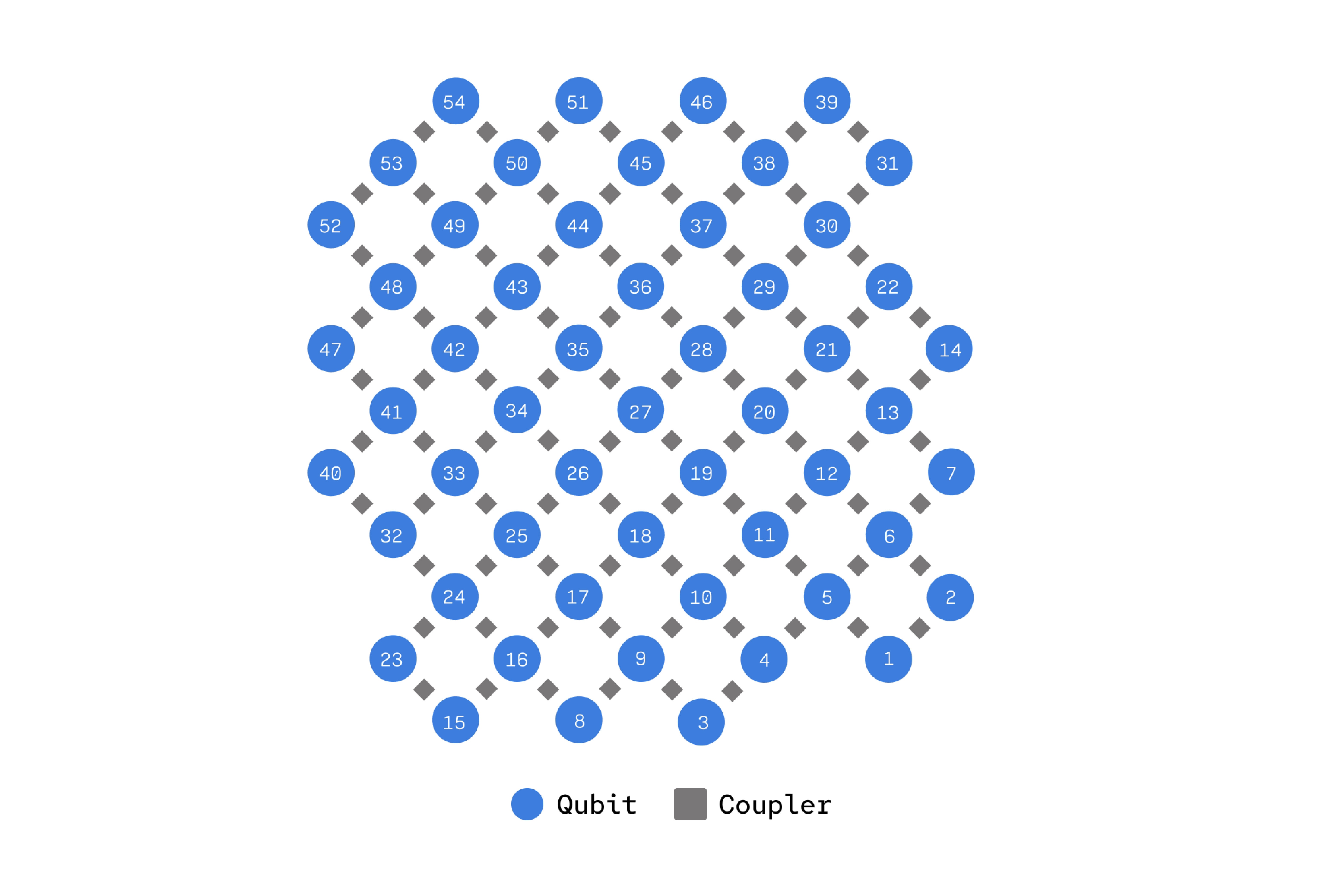Quantum computing is a frontier still being explored, a vast landscape filled with possibilities. Every innovation brings us closer to unlocking its true potential, and among the latest inventions is the IQM Star quantum processing unit (QPU) architecture, a design that challenges conventions and opens new doors in the pursuit of quantum advantage.

IQM Star is a superconducting quantum processor topology that connects multiple qubits through a central computational resonator. While this topology is available already, IQM has just published exciting results in three new research papers on this topology. These papers outline that IQM Star has the potential to scale and solve issues like how we can more efficiently correct errors on quantum algorithm results to create quantum computers that outperform classical ones.
If you are interested in the nitty-gritty technical facts and detailed results, you can jump into the papers here:
This blog will give you an overview of what IQM Star is, how it compares to traditional grid or lattice architectures, and what the benefits of this new topology are.
Most quantum processors today use square (grid/lattice) topologies, where qubits are arranged in a structured, often 2D, pattern.

This topology is the most common one for superconducting qubits, because it’s relatively easy to manufacture, it’s well-researched, and it’s easily scalable. IQM’s Crystal is a great example of a high-fidelity QPU in this style. But while this setup suits many needs, it does have its limits:
And, while this is the topology of choice for most, it has not yet been successful in reaching quantum advantage. Time to start exploring off-the-grid.
The IQM Star addresses a lot of these issues. It effectively connects all qubits through a resonator, which is rare in superconducting technology. This resonator acts as a computational element, enabling direct, high-fidelity interactions between all qubits.

IQM Star vs. Traditional Lattice-Based Quantum Processor Architectures
How does the IQM Star QPU compare to conventional square/lattice architectures?
| Feature | Traditional Lattice QPU | IQM Star QPU Topology |
| Qubit Connectivity | Limited (nearest neighbors) | All-to-all (via resonator) |
| Need for SWAP Gates | High (adds noise) | Low (direct interactions) |
| Error Correction | Works best with surface codes | Compatible with novel QEC codes, like color codes & qLDPC codes |
| Algorithm runtime | Slower due to restricted connectivity | Faster for highly connected algorithms |
The high connectivity and computational resonator of the IQM Star QPU make it ideal for several advanced quantum applications:
Quantum Error Correction and Fault-Tolerant Computing
High-Connectivity Quantum Algorithms
IQM Star isn’t just a minor tweak to existing designs, it introduces game-changing concepts in quantum processing:
Resonator as a Computational Element
Error Mitigation
Achieving High-Fidelity Quantum States
The landscape of quantum computing is shifting, and with it, new opportunities are emerging. IQM Star opens doors to quantum architectures that have the potential to be more adaptable, more scalable, and better suited to real-world applications.
We are just getting started, and IQM Star’s potential future applications are even more exciting:
Quantum Hardware-Efficient Error Correction
Advancements in Quantum Machine Learning
Expanding the Role of Resonators in Computation

Emilia Stuart is a content strategist and storyteller at IQM Quantum Computers, specializing in translating complex quantum computing concepts into engaging narratives. With a background in research and tech marketing, she understands potential customers and crafts stories that resonate. Emilia’s passion is making intricate technologies accessible to diverse audiences.
Search faster—hit Enter instead of clicking.